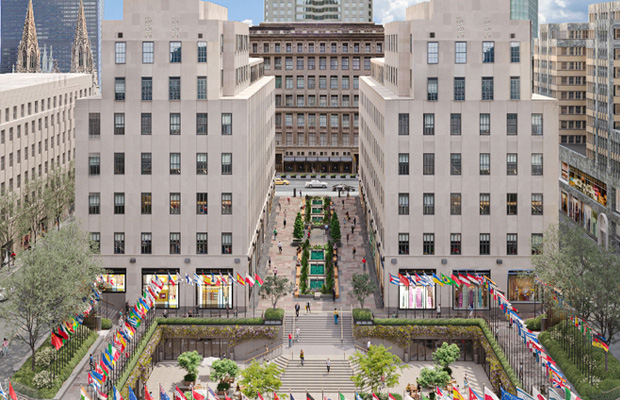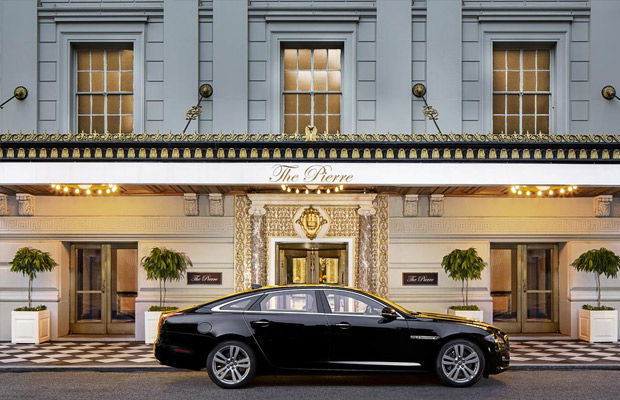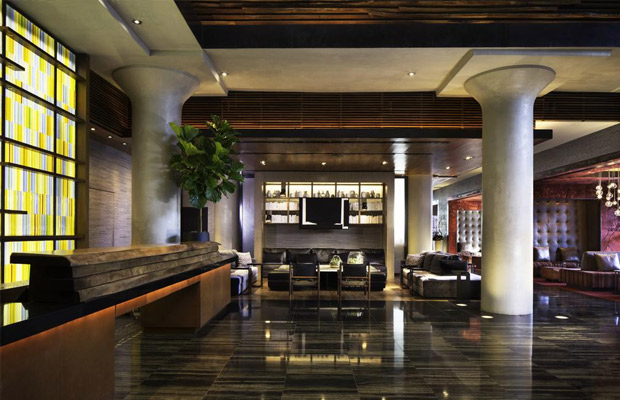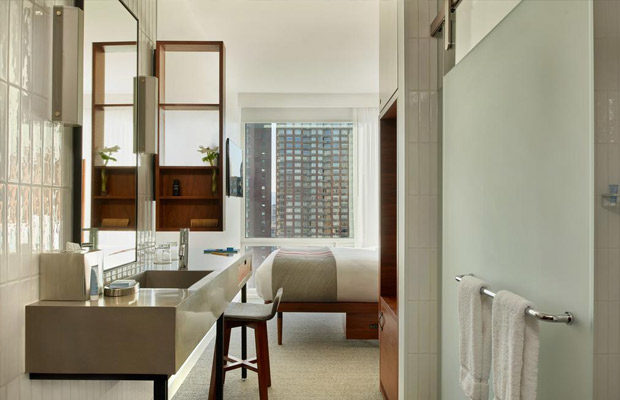The Battery
The Battery
USA
New York
New York Travel Guide
Book Tour & Activities
Your tour in New York.
Book your stay
Your hotel in New York.
Overview
The Battery, formerly known as Battery Park, is a 25-acre public park located at the southern tip of Manhattan Island in New York City facing New York Harbor. It is bounded by Battery Place on the north, State Street on the east, New York Harbor to the south, and the Hudson River to the west.
The park contains attractions such as an old fort named Castle Clinton; multiple monuments; and the SeaGlass Carousel. The surrounding area, known as South Ferry, contains multiple ferry terminals, including the Staten Island Ferry's Whitehall Terminal; a boat launch to the Statue of Liberty National Monument; and a boat launch to Governors Island. The park and surrounding area is named for the artillery batteries that were built in the late 17th century to protect the settlement behind them. By the 1820s, the Battery had become an entertainment destination, with the conversion of Castle Clinton into a theater venue. During the mid-19th century, the modern-day Battery Park was constructed and Castle Clinton was converted into an immigration and customs center.
History
Site
The area was originally occupied by the Lenape Native Americans. Dutch settlers populated the area as part of the settlement of New Amsterdam in the early 17th century.[1][2][3] The Dutch referred to the southern tip of Manhattan as "Capske Hook" or "Capsie Hoek", the term coming from the Lenape word "Kapsee", meaning "rocky ledge".:90 Capske Hook was originally a narrow, hilly ledge that extended northward to Broadway, which at the time was a Lenape trail.[3] In 1625–1626, the Dutch built Fort Amsterdam atop of a hill at the site of the present Alexander Hamilton U.S. Custom House. However, the fort was largely ineffective, despite several attempts at reconstruction. The British took over the settlement in 1664 and renamed the defenses Fort James.[2][8][9] An artillery battery was installed at the fort in 1683, from which the Battery got its present name. The fortification would later be renamed several times more, before the British settled on the name of "Fort George" by 1714.
The Battery did not fire any additional shots until 1776 during the American Revolutionary War, when American troops commandeered the fort. The Americans failed to prevent the British from sailing up the Hudson River, though. Following the British landing at Kip's Bay on September 15, 1776, the Americans had abandoned the fort, and the British took Lower Manhattan. At the end of the war in 1783, the Battery was the center of Evacuation Day celebrations commemorating the departure of the last British troops in the United States; the event was later commemorated with the erection of a flagstaff. By 1788, Fort George had been demolished, and debris from the fort was used to expand the Battery. The fort itself became the site of Government House, an executive mansion intended for U.S. president George Washington, though never actually used for that purpose.
In 1808–1811, just prior to the War of 1812, the West Battery was erected on a small artificial offshore island nearby, to replace the earlier batteries in the area. At the time, the shore at the Battery was a relatively flat edge. The West Battery was never used, and following the war, the artillery battery was renamed Castle Clinton. When Battery Park's landmass was created, it encircled and incorporated the island. About 3 acres (1.2 ha) were added to the park area in 1824. Meanwhile, Castle Clinton was turned over to the city government, which turned the structure into an entertainment venue. It subsequently served various purposes, including as an immigration and customs center as well as an aquarium.
Located in: Castle Clinton National Monument
Address: New York, NY 10004, United States
Area: 10 ha
Hours: Open ⋅ Closes 12AM
Etymology: Artillery battery
Open: 6 a.m. to 1 a.m
Video Travel Inspiration
See The Battery on Map
Most Popular Cities

Siem Reap
Cambodia
Ho Chi Minh City
Vietnam
Beijing
China
Paris
France
London
United Kingdom
New York
USA
Tokyo
Japan
Bangkok
Thailand
Seoul
South Korea
Vientiane
Laos
Yangon
Myanmar
Washington DC
USA
Los Angeles
USA
Ottawa
Canada
New Delhi
India
Singapore
Singapore
Kuala Lumpur
Malaysia
 English
English French
French Khmer
Khmer Thai
Thai Vietnamese
Vietnamese Chinese
Chinese Korean
Korean German
German Japanese
Japanese Italian
Italian Russian
Russian Spanish
Spanish Dutch
Dutch Indonesian
Indonesian Malay
Malay





































